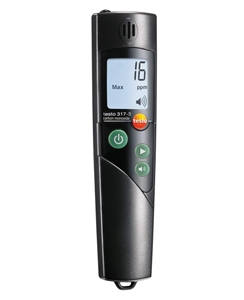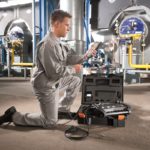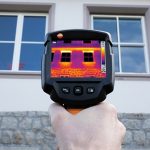A deadly reminder of the importance of testing atmospheres when working underground as been highlighted by the death of Texas Parks and Wildlife employee.
Last last month, manager Rob Schmid was found dead at the A.E. Wood State Fish Hatchery. It is believed that he was working in a chamber around five metres below the surface and was operating a gas-powered pump.
San Marcos Fire Marshal Kenneth Bell explained to KXAN that there were mitigating circumstances surrounding Mr Schmid’s death.
“I think a lot of it had to do with some weather environment that was going on,” he said.
“The wind was blowing to such a point where natural ventilation couldn’t occur from the space.”
It took more than an hour to remove Mr Schmid from the chamber after the alarm was raised, as the environment was too dangerous for authorities to initially enter. Air monitoring tests later showed carbon monoxide levels were five times above the legal exposure limit.
Second work hospitalised
Just hours after the accident at the Hatchery, Fire Marshal Bell was called to attend another unrelated workplace carbon monoxide poisoning case.
Two men were cutting concrete in an isolated, small space at a shopping centre. One man was taken to hospital in a serious condition and was placed in a hyperbaric chamber. Mr Bell said sites like this weren’t required to have a carbon monoxide sensor, but it would have helped in this case.
“You know, in my career here in 25 years, I can count on one hand how many of these incidences where people have gotten to the point where they were poisoned by CO, and in one night, I’ve doubled it,” he explained.
Industry needs to consider instruments such as the testo 317-3 ambient CO meter which can detect dangerous gas levels in the workplace. Through optical and audible alarms, industry leaders can take necessary steps to prevent any incidents occurring.









 Reduce cooking oil costs while ensuring quality
Reduce cooking oil costs while ensuring quality Expert knowledge on CO2 monitoring
Expert knowledge on CO2 monitoring Refrigeration knowledge - in 3 modules
Refrigeration knowledge - in 3 modules



